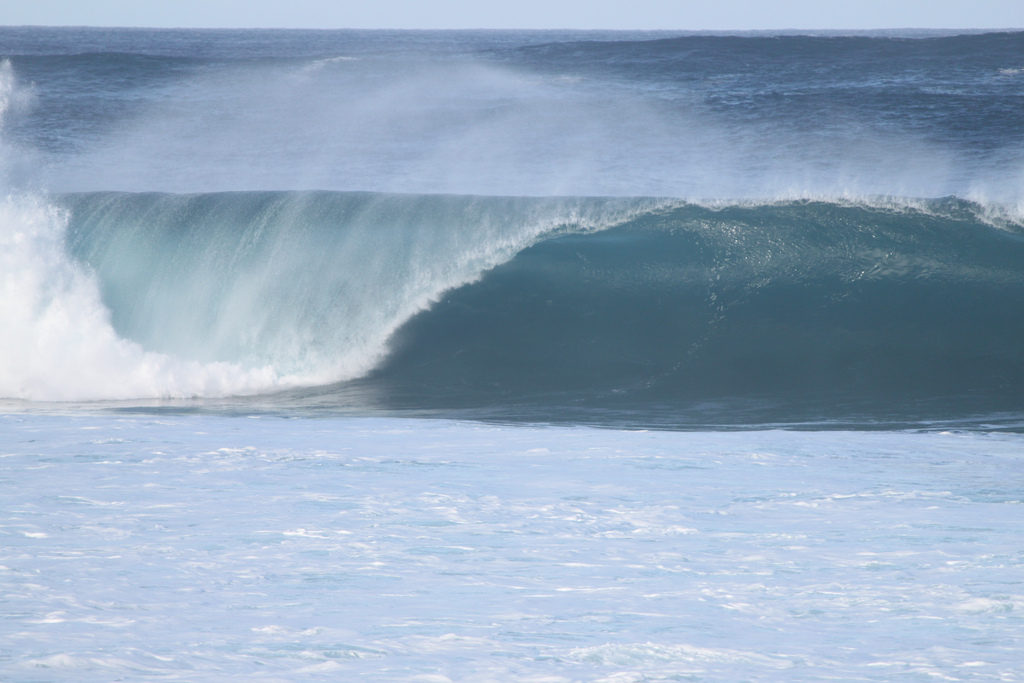
By some estimates, America’s oceans could provide enough electric power to meet a quarter of the country’s energy needs. Despite this, until recently the contribution to the U.S. electric grid from marine energy has been exactly zero.
But now, a wave energy test site run by the U.S. Navy near Kaneohe Bay in Hawaii is feeding power to the Oahu power grid over a 1-mile undersea cable.
Wave energy technology is roughly at the same stage as the solar and wind industries were in the 1980s. The U.S. government and military are providing support for wave energy research, but at a much lower level than what has been happening in Europe. In Scotland, for example, there have been dozens of wave and tidal energy devices being tested for the past 13 years.
There are plans to install systems off the coasts of Oregon and California as well, but the expansion of marine energy technology continues to be slow, despite its great promise. One of the problems is that there is no real consensus on the best way to extract energy from the sea. Some wave power systems capture the up-and-down motion of the waves while others exploit the side-to-side motion. And then there are a variety of tidal energy systems. Whatever the technology is, it has to stay in the water for a long time and survive storms, corrosive seawater, and the constant pounding of the sea.
It may be years before marine energy assumes a major role in the U.S. grid, but there are too many states with beckoning coastlines for us to ignore this plentiful source of energy.
**********
Web Links
Photo, posted January 30, 2012, courtesy of Flickr.
‘Wave Energy in the U.S.’ from Earth Wise is a production of WAMC Northeast Public Radio.